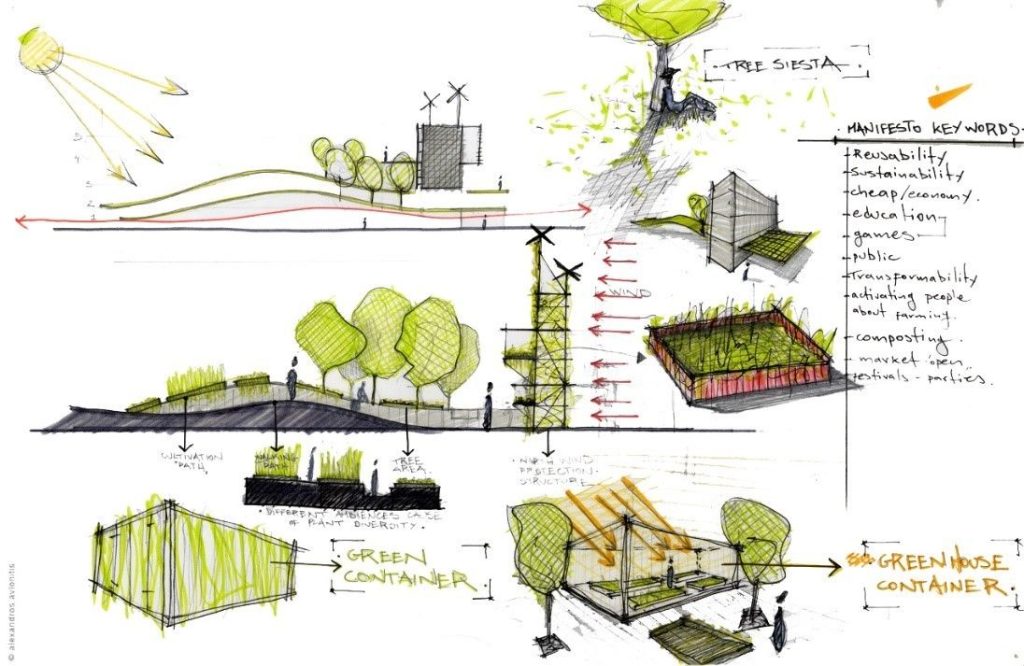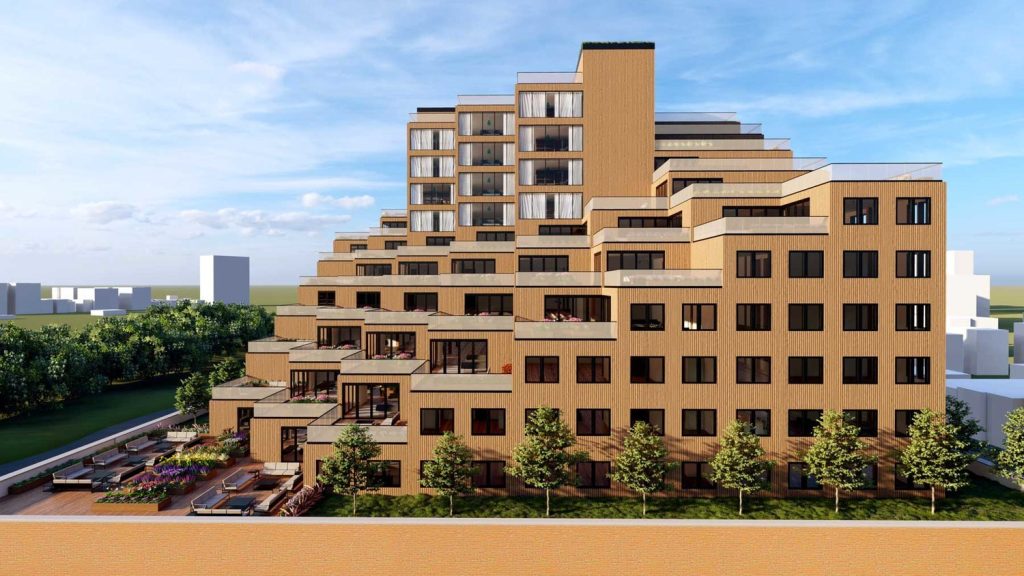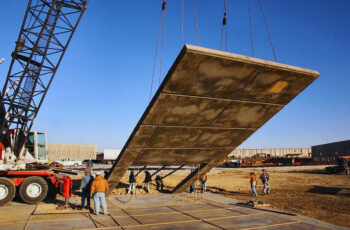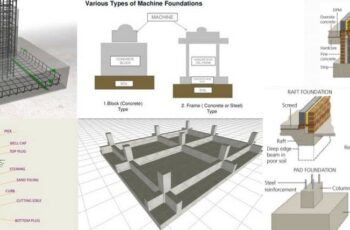The creation of a building is a remarkable journey that transforms an abstract vision into a tangible structure. This process involves meticulous planning, collaboration, and innovation. Let’s explore the key stages of this fascinating journey, from conception to completion.

Conceptualization and Design
1.1 Ideation and Vision The journey begins with an idea—a vision for a new building. Architects and stakeholders collaborate to define the purpose, aesthetics, and functionality of the project. This phase involves brainstorming sessions, sketches, and initial concepts that capture the essence of the envisioned structure.
1.2 Architectural Design Architects develop detailed architectural plans, incorporating elements such as layout, space utilization, and aesthetics. They create blueprints, renderings, and models to visualize the building. This phase also includes selecting materials, finishes, and design features that align with the project’s goals.
1.3 Engineering and Technical Design Engineers play a crucial role in translating architectural designs into practical, safe, and sustainable structures. They perform structural analysis, design mechanical and electrical systems, and ensure compliance with building codes and regulations. This phase may involve collaboration with various engineering disciplines, including civil, structural, mechanical, and electrical engineering.
Planning and Preparation
2.1 Project Planning and Management Effective project planning is essential for successful execution. Project managers develop detailed project schedules, budgets, and resource allocation plans. They identify potential risks and develop mitigation strategies. This phase involves obtaining necessary permits, approvals, and conducting feasibility studies.
2.2 Site Selection and Preparation Choosing the right location is critical to the success of a building project. Site selection considers factors such as accessibility, environmental impact, and zoning regulations. Once a site is chosen, site preparation begins, involving clearing, grading, and setting up temporary facilities.
2.3 Procurement and Logistics The procurement process involves sourcing materials, equipment, and labor required for construction. Project managers negotiate contracts with suppliers and contractors, ensuring cost-effectiveness and quality. Logistics planning ensures timely delivery of materials and coordination of resources.
Construction Phase
3.1 Foundation and Structural Work Construction begins with laying the foundation, which provides stability and support for the building. This phase involves excavation, pouring concrete, and setting up reinforcement. Structural work follows, with the erection of steel frames, concrete slabs, and load-bearing walls.
3.2 Building Enclosure The building’s exterior takes shape during the enclosure phase. This includes installing walls, windows, doors, and roofing. Weatherproofing and insulation are critical to ensure energy efficiency and protection from the elements.
3.3 Interior Fit-Out The interior fit-out phase focuses on creating functional and aesthetic spaces within the building. This includes installing partitions, flooring, ceilings, and finishes. Mechanical, electrical, and plumbing systems are also integrated, ensuring the building’s functionality and comfort.
3.4 Finishing Touches The final phase of construction involves adding finishing touches, such as paint, fixtures, and landscaping. Quality inspections and testing are conducted to ensure the building meets design specifications and safety standards.
Handover and Operation
4.1 Final Inspection and Handover Before the building is handed over to the owner or occupants, a final inspection is conducted to verify that all work has been completed to the required standards. Any defects or issues are addressed, and necessary documentation is provided.
4.2 Occupancy and Maintenance Once the building is officially handed over, it becomes operational. This phase involves setting up maintenance plans to ensure the building’s longevity and performance. Regular inspections and preventive maintenance are essential to address wear and tear and keep systems in optimal condition.
4.3 Post-Occupancy Evaluation Post-occupancy evaluation assesses the building’s performance and user satisfaction. Feedback from occupants helps identify areas for improvement and informs future projects. This phase also involves monitoring energy usage and environmental impact to ensure sustainability goals are met.

Conclusion
The journey from blueprint to reality is a complex and rewarding process that requires collaboration, expertise, and innovation. Each stage of the journey plays a crucial role in transforming an idea into a functional, safe, and aesthetically pleasing building. As technology and sustainable practices continue to evolve, the future of building construction holds even greater promise, contributing to the creation of smarter, greener, and more resilient structures.

